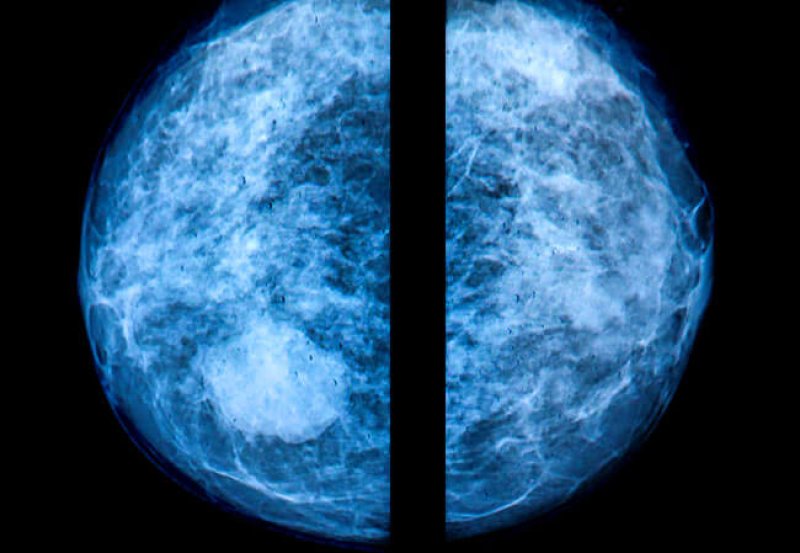The Food and Drug Administration on [March 27] proposed requiring mammogram providers to tell women with dense breast tissue that the condition could make it harder to interpret their screening tests and to recommend that they talk with their physicians about whether they should have additional tests to check for cancer.
…
Dense breasts have relatively high amounts of glandular tissue and fibrous connective tissue and relatively low amounts of fatty tissue, according to the National Cancer Institute. Nearly half of women ages 40 and older who get mammograms are found to have dense breasts. Because such tissue appears white on a mammogram — as cancer does — it can obscure malignancies. In addition, dense breasts raise a woman’s risk of developing breast cancer, the NCI says.
…
Amy Abernethy, the FDA’s principal deputy commissioner, said the proposal would “empower” patients by giving them more information to discuss with their physician. The information about breast density would be included in the summary letter mammography providers send to patients, as well as in the full report sent to physicians.
Read full, original post: FDA wants women to get breast-density information along with their mammograms































